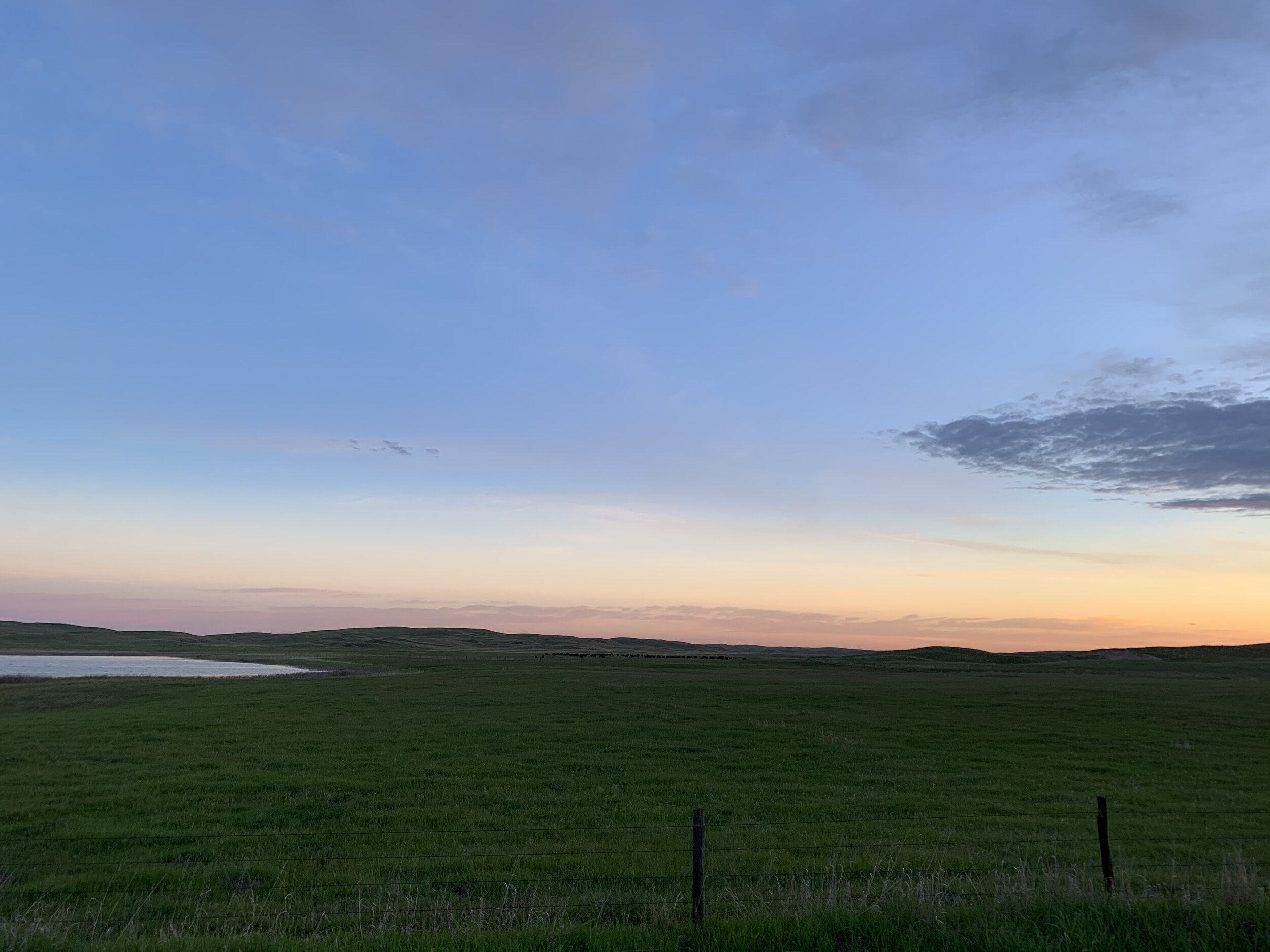The Rural Review
An online journal produced in conjunction with the Rural Reconciliation Project.
The Rural Review publishes digests of important academic contributions, program information, blog-style commentary, and periodic roundups of rural items from across academic disciplines and scholarly media.
Contributions from interested authors are welcome. Find our author guidelines here.
Resource Highlight: A Legal and Interdisciplinary Research Guide for Rural America
Designed to support the work of law professors, scholars, and students working on issues of law and rurality in the US, this guide organizes otherwise disparate rural materials by source type and offers a comprehensive starting point for research. It may also serve as a helpful classroom resource.
Book Review: Debunking the Inevitability of Rural Decline
For too long, the story of rural America has seemed inevitable: mines closed; farming became unprofitable; rural post offices and train stations shuttered. When read in the passive voice, the declines of rural places and their people just…happened. But considering that the overwhelming majority of the American landscape is rural, how has so much of the country come to be thus marginalized? And if we care about rural communities—and about the cities and suburbs that ostensibly rely on their resources, no matter how invisible that relationship may be today—how can we work towards revitalization?
Over eight chapters, legal scholar and practitioner Ann M. Eisenberg summarizes and systematically dismantles the passive voice at the core of myths about rural decline, dependency, and potential renewal.
Book Review: The Value and Endurance of Home Places
Macro-level structural forces, local institutions, race, class, livelihoods, culture, landscapes, and neighborhood dynamics all come together to create something greater than the sum of their parts. It is at this essential intersectional nexus that Amanda McMillan Lequieu’s 2024 book, Who We Are is Where We Are: Making Home in the American Rust Belt, so adeptly advances the conversation on place-based marginalization and struggle. Who We Are identifies this holistic, multi-factor intersection of place, culture, and economic survival as something we all instinctively know, but may still struggle to define: “home.”
Rural Renting
Many people have studied eviction, and rightly so: Eviction in America is at a crisis level, with an estimated 2.7 million households facing eviction filings each year. Eviction has an impact on people and communities, with research linking it to job loss, poor physical and mental health outcomes, and all-cause mortality. Eviction can disrupt every aspect of a person’s life.
Why Aren’t We Talking About Rural Voters Anymore?
If you pay attention to public discourse about rural populations, you might have noticed something missing in the aftermath of the 2024 presidential election: think-pieces on rural voters. These think-pieces—musing on rural voters’ motivations, their seemingly disproportionate susceptibility to Donald Trump’s appeal, and their role in deciding the most recent election—were everywhere after the 2016 presidential election that led to Trump’s first term. Even in 2020, after Joe Biden’s victory and evidence of more complexity in rural voting patterns, analysts and pundits seemed eager to assess the role of the rural vote. Yet, rural voters just don’t seem to be top of mind for this round of post-election analysis. Why might that be?
Electricity Regulation in the Public Power State: Nebraska’s Electricity System and the Debate Between Public Ownership and Public Control
The electricity industry in the United States is undergoing a period of massive and turbulent transition. One recurring question is whether public regulation or public ownership can best serve public interest goals. Nearly every state has an agency with intensive regulatory powers to direct or influence the activities of electric utilities. However, even with state regulatory oversight, private utilities have faced persistent criticism, and public ownership of utilities is often touted as a potentially desirable alternative. In this debate about public ownership versus public control, Nebraska offers an interesting and underexamined case-study.
How an Act Focusing on Native American Artifacts and Remains May Give Indigenous Communities More Bargaining Power
The Native American Graves Protection and Repatriation Act (NAGPRA) made headlines in early 2024 as many major American museums closed exhibits and entire wings in order to comply with new regulations governing the possession and display of Native American cultural artifacts and funerary objects. But the recent regulatory changes have the potential to affect more than museum displays—they may give reservation residents a stronger say in what the government does on their land.









